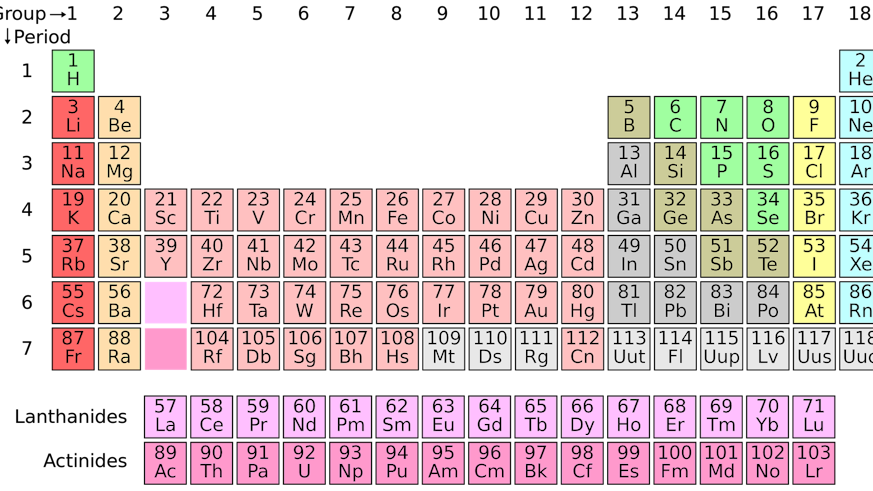Chemistry of the p-block
1 February 2019

Dr Rebecca Melen has authored an article on the chemistry of the p-block as part of a leading international journal’s celebration of the International Year of the Periodic Table.
2019 marks the 150th anniversary of the tabular arrangement of elements into the Periodic System by Dmitiri Mendeleev, which is being celebrated as the International Year of the Periodic Table. As part of this celebration, leading international journal Science has curated articles and reviews highlighting key advances and discoveries in different areas of the periodic table. Dr Rebecca Melen, Senior Lecturer and EPSRC Early Career Research Fellow at Cardiff University’s School of Chemistry, was selected to write an article on the chemistry of the p-block.
Of the 63 elements known in 1869, almost a third of them belonged to the p-block and Mendeleev predicted the existence of other yet-undiscovered elements. The elements of the p-block have a disparate and varied history. They are some of the oldest discovered elements such as lead and tin, as well as some of the most recent elemental discoveries such as tennessine and nihonium. 2019 also represents the 350th anniversary of alchemist Henning Brand’s 1669 discovery of phosphorus. It wasn’t until more recently that P was put into the p-block of the periodic table.
An appreciation of chemical periodicity is key to understanding and rationalizing chemical behaviour yet, within the p-block, chemical structure, reactivity, and properties vary widely. This apparent lack of systemization and order has led to the general opinion that the p-block elements display a collection of unrelated reactivities.
Nevertheless, in recent years many chemists have begun to gain a better understanding of p-block reactivity, particularly the behaviour of those elements not typically found in biological (‘organic’) systems. Dr Melen’s review in Science highlights current frontiers of p-block chemistry from fundamental structure to novel reactivity and emerging applications.
